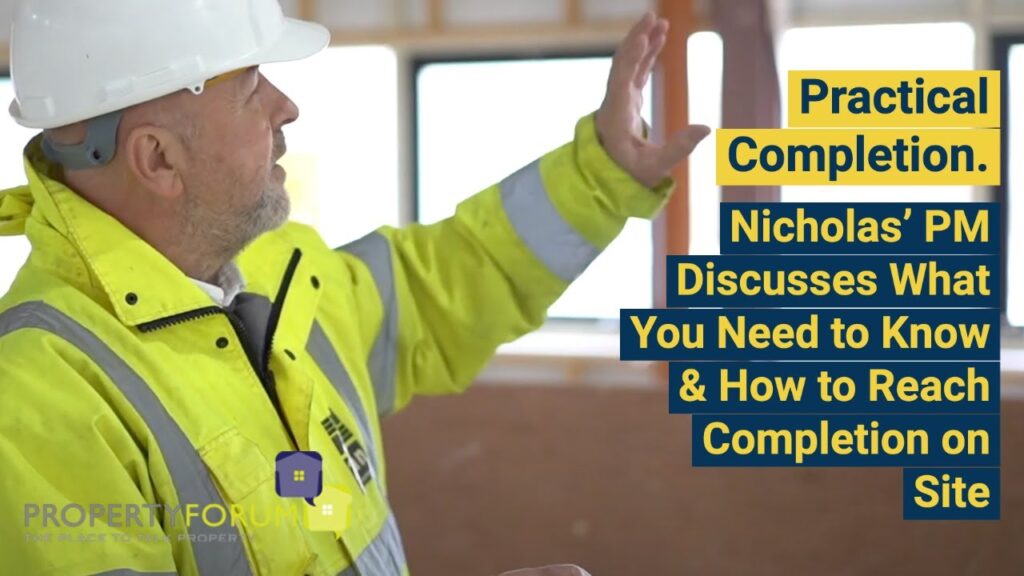
Although often hard to define, Practical Completion (PC) can be referred to as “When the works can actually be taken to be complete.” We need to have a good understanding of the concept as it has significant implications under the Standard Building Contract. When issued, the contractor will be relieved of their obligations to insure the site, which passes to the developer. It also entitles the contractor to release retention, usually 50% of the monies held.
It can be challenging to keep up with all the new information involving PC, but this article can help. Throughout my time working on various projects and speaking with all the relevant people, I have subsequently put together some simple but effective tips. I hope they are of use to you.
Tip #1 – Do your research!
A basic point, yes, but a very important one. Knowing your ABCs in relation to PC will allow you to properly take charge of the situation and make the process easier for everyone. Ask yourself now: what happens during PC? If you have done your research, you will be able to identify various aspects of the process. A resident may take beneficial occupation from the PC date, for example. The contract administrator can determine what needs to be done two weeks before issuing PC, and so forth.
Study any legal cases to do with PC. As a landmark example, Mears Limited v Costplan Services (South East) Limited and Others [2019] EWCA Civ 502 saw PC judged to be ‘easier to recognise than define.’ It was the first time in 50 years that PC was considered in the Court Appeal, the last being the 1969 case of Jarvis & Sons Ltd v Westminster Corporation. Make sure you are well versed and keep up to date with current news, as it is good practice to do so.
Tip #2 – Learn from the best
Now you have done your research; it is time to get some experience under your belt. And what better way than by taking a page out of an expert’s book? I have myself learnt from some of the best in the game. Not too long ago, I spoke with my chief Project Manager, Tom Gillett, who discussed everything surrounding PC with me. We were able to go over some of the more complex points, such as the definition, case law and how you can reach PC. Check it out below:
Tom has a great understanding of PC. With his knowledge of the subject, Tom is able to go through all the steps clearly, allowing us to succeed in our development. Be it Tom or another experienced individual, it is always beneficial for us to learn and know exactly what is involved with PC before getting into it ourselves. With all this on board, we are confident to go through the processes when we near the end of the build.
Tip #3 – Put it into practice – how you can reach Practical Completion
Finally, it is time to put all that build-up to the test. When it comes to it, there is often pressure put onto the builder to issue PC. However, an administrator will allow them to go through what works have been completed to specification. PC requires sign off from the Local Authority Building Control or the Approved Inspector. So we will need a fit for occupation certificate and a fire life and safety certificate from them. Every service needs testing to be commissioned with the relevant certificates, while the acoustic and airtightness tests should also be carried out.
If they are satisfied that these requirements have been met, a final notice can be issued. This usually states that the contractor is happy with the works and that the builder can be completely discharged from their obligations. Once this is done, Practical Completion is officially reached.
To learn more about property, subscribe to my YouTube Channel, where there is plenty of great content to watch! For support and advice with anything else, visit my mentorship page today.